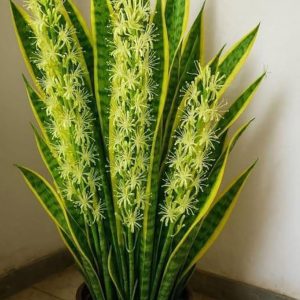
Taro — scientifically known as Colocasia esculenta — is much more than a simple starchy root vegetable. With a history stretching back thousands of years, wide-ranging culinary uses, and an exceptional nutrient profile, taro stands among the world’s most valuable and sustainable crops. Revered from Southeast Asia to the Pacific Islands, this humble plant continues to nourish both people and cultures across generations.
From root to leaf, taro is a symbol of resilience and vitality — a plant that unites tradition and modern health.
Key Nutritional Benefits
- Rich in Complex Carbohydrates
Provides slow, steady energy and helps maintain balanced blood sugar levels. - High in Dietary Fiber
Promotes healthy digestion, supports gut health, and contributes to weight management by enhancing fullness. - Packed with Vitamins and Minerals
- Low in Fat and Cholesterol-Free
Suitable for heart-conscious diets. - Naturally Gluten-Free
An excellent alternative for those with celiac disease or gluten sensitivities.
How to Cook and Enjoy Taro

Taro’s subtle, nutty flavor and creamy texture make it a versatile ingredient in cuisines worldwide.
- Boiled or Steamed
A simple, healthy preparation served plain or with dips. - Fried or Roasted
Perfect for making crispy chips or wedges — a flavorful alternative to potatoes. - Mashed
Smooth and comforting, often combined with herbs, garlic, or coconut milk. - Soups and Curries
Adds body and absorbs the rich flavors of spices and broths. - Desserts
Used in ice cream, bubble tea, pastries, and puddings for its natural sweetness and creamy consistency.
Important: Taro must always be cooked thoroughly to break down calcium oxalate crystals, which can irritate the throat and digestive tract if eaten raw.
The Nutritional Value of Taro Leaves
The leaves of the taro plant are just as nutritious as the root. When cooked properly, they become tender and rich in:
- Vitamin A
- Vitamin C
- Calcium
- Iron
- Dietary fiber
Health Benefits of Taro
Taro’s diverse nutrients and natural compounds contribute to several key health benefits:
- Heart Health
- Diabetes Management
- Immune and Antioxidant Support
- Digestive Health
- Skin and Cellular Health
Taro in Traditional and Natural Medicine

Across cultures, taro has long been valued for both nourishment and healing:
- Ayurvedic Medicine: Taro paste is used topically to soothe skin irritation and inflammation.
- Traditional Chinese Medicine: Taro is believed to strengthen the spleen and improve digestion.
- Pacific Island Practices: Considered a sacred food that symbolizes renewal and life force.
Adding Taro to Your Diet
For those new to taro, start with simple preparations:
- Boil or steam taro as a healthy side dish.
- Add diced taro to soups and curries for texture and nutrients.
- Use taro flour for gluten-free baking.
- Mash with herbs and olive oil for a nutritious comfort food.
- Explore desserts like taro bubble tea or ice cream.
Fresh taro is available in many Asian, Caribbean, and African markets. Pre-cooked or frozen options can also be found in most health food stores.




